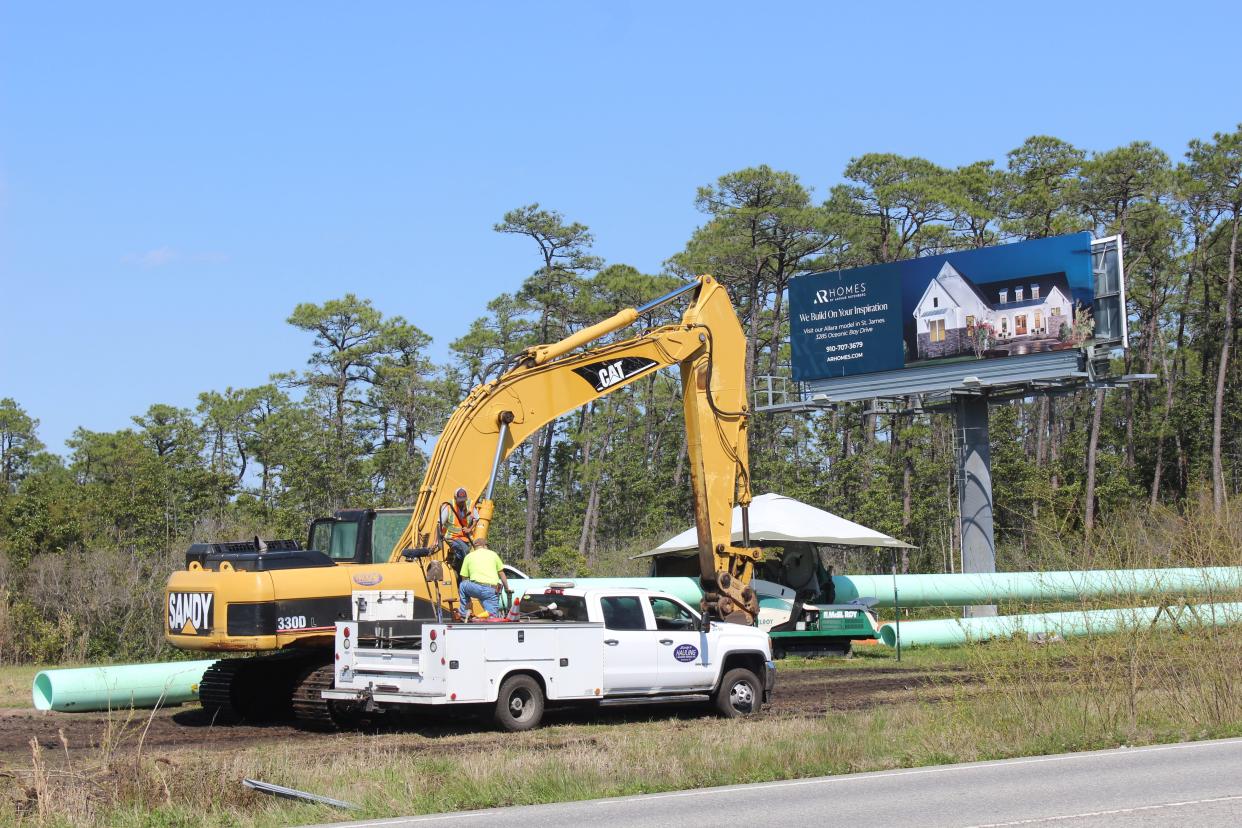To ease traffic on three major Brunswick roads, NCDOT considering various 'project ideas'

As Brunswick County continues to explode with growth, many residents are concerned about how the growing population will impact transportation.
Some areas of particular concern are N.C. 87, N.C. 133, and N.C. 211, which are all major routes for those living in Southport, Oak Island, St. James, Boiling Spring Lakes, Bolivia and surrounding communities. The North Carolina Department of Transportation (NCDOT) is examining these areas to see what improvements should be made, but based on the process, it could be some time before residents see progress.
Here’s what we know about the planning process and anticipated projects.
The state has a transportation plan.
The NCDOT has a long-range transportation plan — called the State Transportation Improvement Program, or STIP — which covers a 10-year period. Engineers with NCDOT use data and feedback from local planning organizations and citizens to determine what projects are needed, and those submissions are submitted to the North Carolina Strategic Prioritization Office, or SPOT, for consideration. Every two years, the SPOT uses the data to assign projects a score and select ones that will be included in the State Transportation Improvement Program.
“The SPOT process is by design a reactionary process, transparent, public, as a bottom-up approach with locally elected officials assisting in identifying transportation needs,” NCDOT spokeswoman Lauren Haviland explained in an email.
The SPOT does not consider population growth.
Haviland explained an increase in an area’s population does not factor into the data that is considered. However, she explained population growth is tied to which location transportation planning organization would represent the area — a rural planning organization, such as the Cape Fear Area Rural Transportation Planning Organization, or a metropolitan planning organization, such as the Wilmington Urban Area Metropolitan Planning Organization. Factors the SPOT does consider include safety and congestion.
Some projects are being considered for Brunswick roads.
According to Haviland, the NCDOT is conducting a feasibility study to look at the impacts and costs of widening a 4.5-mile stretch of N.C. 133 to four lanes from U.S. 17/U.S. 74 to Rabon Way. She noted this was not a funded project, and the division plans to submit the project for prioritization scoring and implementation.
Haviland also noted there were two “project ideas” being examined for N.C. 87. One includes widening the highway from Boiling Spring Lakes to Fifty Lakes Drive, and the second includes modernization of the area from South Shore Drive to Fifty Lakes Drive. Neither of those projects are expected to be submitted during the current cycle for prioritization.
In addition to the widening project ongoing on N.C. 211 from N.C. 87 to Southport, Haviland said the project is also adding infrastructure that will tie into Boiling Spring Lakes sewer, supporting Brunswick County public utilities.
This article originally appeared on Wilmington StarNews: NCDOT looks at improvements for major Brunswick roads

